State of Our Rivers Report
MountainTrue works to protect and restore the waterways of the Southern Blue Ridge Mountains as healthy aquatic ecosystems that are great places to swim, paddle, and play.
We are the home of the Broad Riverkeeper, French Broad Riverkeeper, Green Riverkeeper, Watauga Riverkeeper, and a Western Clean Water Team — the primary guardians of their respective river basins. Our staff, members, and volunteers maintain the health of our waterways by monitoring pollution and cleaning up our rivers and streams.
MountainTrue’s State of Our Rivers report combines a year’s worth of data collected by its staff and volunteers with other publicly available datasets to provide readers with a deeper understanding of the health of our rivers, lakes, and streams. For the first time, this report identifies likely environmental factors impacting each river basin and targeted policy solutions that, if adopted, would protect the health of our communities, aquatic ecosystems, and water-based recreation economy.
Reports by River Basin

Our Executive Summary provides an overview of the health of our Southern Blue Ridge Mountain waters with key takeaways and a broad discussion of the threats to our water quality and our policy solutions to address them.

Spectators watch a kayaker participating in the annual Green River Race. Photo courtesy of Marc Hunt.
The Broad River Basin includes the main stem of the Broad River and its tributaries, including the Green, First Broad, Second Broad, and North Pacolet rivers. The Green River is one of our cleanest basins. The Broad River is generally clean, but sites along the First Broad often only pass the more lenient safety standard for secondary recreation.
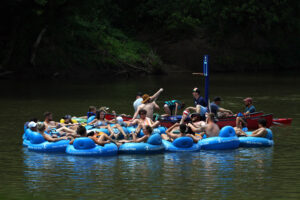
Tubers enjoying a day on the French Broad River. Photo courtesy of Andolent (FLICKR)
The French Broad River has historically had an array of pollution problems. With the passage of the Clean Water Act in 1972, we saw significant improvements in water quality. More recently, we've seen increasing amounts of pollution due to aging infrastructure, increasing development, poor agricultural practices, and a changing climate.
 The Hiwassee Watershed was one of the cleanest watersheds for the 2022 Swim Guide season. However, we saw problems in the Valley River, where three sites regularly fail the bacteria safety standard for swimming. Overall, the Hiwassee River Basin received a Stream Health Grade of B, with the Hiwassee and Valley Rivers earning grades of B and the Nottely River a grade of C.
The Hiwassee Watershed was one of the cleanest watersheds for the 2022 Swim Guide season. However, we saw problems in the Valley River, where three sites regularly fail the bacteria safety standard for swimming. Overall, the Hiwassee River Basin received a Stream Health Grade of B, with the Hiwassee and Valley Rivers earning grades of B and the Nottely River a grade of C.
 The Watauga River Basin saw variable bacteria levels, with sites closer to development and agricultural operations scoring worse than more remote areas. When it came to Stream Health, both the Watauga and Elk Rivers scored grades of B.
The Watauga River Basin saw variable bacteria levels, with sites closer to development and agricultural operations scoring worse than more remote areas. When it came to Stream Health, both the Watauga and Elk Rivers scored grades of B.
Thank You to Our Sponsors & Funders
- Blumenthal Foundation
- Clabough Foundation
- Peter and Sally Parsonson Foundation
- Pigeon River Fund
- Town of Black Mountain
- Waterkeeper Alliance
- Waterkeepers Carolina
Where We Work

MountainTrue champions clean waters, resilient forests, and healthy communities in the Southern Blue Ridge Mountains. With offices in Asheville, Boone, Hendersonville, and Murphy, NC, our service area includes 24 counties in western North Carolina, Carter and Johnson counties in eastern Tennessee, and Towns and Union counties in northern Georgia.
The Indigenous Peoples of Our River Basins
The river basins we sample are within the traditional lands of Indigenous Peoples and include the following territories:

Map courtesy of the Robinson-Spangler Carolina Room of the Charlotte Mecklenburg Library.
Middle Tennessee - Hiwassee Basin: East Cherokee and Yuchi
Includes the Hiwassee and Valley River watersheds
Upper Tennessee Basin: East Cherokee, Shawanwaki/Shawnee, and Yuchi Includes the Little Tennessee Watershed
French Broad-Holston: East Cherokee, Moneton, and Yuchi
Includes the French Broad and Watauga River watersheds
Kanawha: East Cherokee, Yuchi, and Tutelo
Includes the New River Watershed
Broad: East Cherokee, Yuchi, and Catawba
Includes the Green and Broad River watersheds
How We Work
MountainTrue's Clean Waters program is led by a dedicated professional staff and powered by dozens of volunteers who help collect water samples and participate in macro-invertebrate sampling across our service area.
This State of Our Rivers report provides two sets of analyses for each watershed. The first is our Swim Guide E. Coli Bacteria Analysis, which utilizes samples collected from popular recreation sites throughout our mountain region from Memorial Day through Labor Day weekends. Throughout these 15 weeks in 2022, MountainTrue staff and volunteers collected and analyzed 1,167 samples from 90 locations. The second, our Stream Health Analysis, combines data from multiple sources to gauge how well a stream or river supports aquatic life.
Water is Critical to the Health and Vitality of the Southern Blue Ridge Mountains
A Uniquely Diverse Ecosystem
The Southern Blue Ridge Mountains are blessed with immense beauty and natural abundance. The range of habitat offered within our streams and rivers provides critical areas for the persistence of native aquatic species. This region's rivers are some of the most biologically diverse, with more freshwater fish, crayfish, freshwater mussels, and salamanders than anywhere else in the temperate world. This area is also home to many endemic species, meaning they are native to the region and exist nowhere else. Biological diversity and healthy aquatic ecosystems support processes like carbon sequestration, buffer climate change impacts, and protect the viability of various ecosystem services.
Because of high rates of endemism and limited ranges, wildlife in the Southern Appalachians is incredibly vulnerable to climatic shifts and changes to the landscape. Headwaters are connected to ecosystems downstream, and the loss and degradation of water quality threaten the biological integrity of entire river networks.
Endemic Species Spotlights

The Eastern Hellbender (Cryptobranchus alleganiensis), also known as water dog, mud puppy, devil dog, snot otter, or ol’ lasagna sides, is an elusive species of giant salamander endemic to the Southern Appalachian mountains. Fossil records for this species date back 160 million years, meaning these salamanders are a living part of Earth’s ancient history. The Eastern Hellbender is one of only three giant salamanders found in the world. Once common, they are now a rare sighting; Hellbenders are a state-listed species of concern in North Carolina and considered vulnerable on the IUCN Red List of Threatened species.

Photo courtesy of Tomas Ivasauskas
The Sicklefin Redhorse (Moxostoma spp.) is a type of sucker that was not recognized as a distinct fish species by the scientific community until 1992, yet Cherokee people had identified it by a unique name (“jungihtla”) for centuries. It is endemic to the Little Tennessee and Hiwassee River basins and has historically been an important subsistence resource for the Cherokee. Populations of Sicklefin Redhorse are limited by the presence of dams and face threats from habitat loss and pollutants such as excess sediment. A collaborative partnership that includes federal and state agencies, energy companies, the Eastern Band of Cherokee Indians, and MountainTrue is working to conserve and expand the populations and habitat of the Sicklefin Redhorse and to raise awareness of the conditions that are causing the decline in its natural population.

(Photo courtesy of Dick Biggins, U.S. Fish and Wildlife Service)
Appalachian Elktoe (Alasmidonta raveneliana) is a freshwater mussel endemic to the upper Tennessee River system and is listed as endangered at both the federal and state levels. Freshwater bivalves are considered one of the most threatened groups of animals on Earth, with 40% of species near threatened, threatened, or extinct. The decline of many of the native fish species across the region raises considerable concern about the persistence of these freshwater mussels. Population declines have been linked to changes in water quality, such as stream siltation, damming, pollution, and habitat loss.
A Thriving, Growing River Economy
The Southern Blue Ridge Mountains are renowned for their beautiful vistas and winding rivers, which are treasured by residents and attract vacationers looking to experience the great outdoors. Our mountains are a mecca for horseback riders, hikers, mountain bikers, rock climbers, hunters, fishermen, naturalists, and paddlers. The Nantahala and Pisgah National Forests attract 5 million visitors per year. Great Smoky Mountain National Park — the most visited national park in the US — attracted more than 14 million visitors in 2021. Dupont State Recreational Forest in Henderson and Transylvania counties brings in another 1 million visitors.
These outdoor enthusiasts spend money at local outfitters, restaurants, retailers, and hotels. Their dollars trickle through the economies of towns across our mountain regions, supporting thousands of business owners and employees. The U.S. Department of Commerce’s Bureau of Economic Analysis found that outdoor recreation generated $11.8 billion of economic activity in 2021 and supported more than 130,000 jobs in North Carolina. And that economic activity is growing; outdoor recreation spending in 2021 increased by 22.6% (above the national average of 21.7%).
Many of those dollars are spent right here in the Southern Blue Ridge. The Outdoor Alliance estimates that paddlers, climbers, and mountain bikers visiting Nantahala and Pisgah National Forests generate $115 million in spending, with approximately $38 million coming from paddlers alone. Another study conducted for the NC Wildlife Resources Commission found that in 2014, mountain trout fishing contributed $383 million to North Carolina’s economy and supported nearly 3,593 jobs. The National Park Service estimates that visits to Great Smoky Mountain National Park created a cumulative $1.38 billion benefit to local economies and supported 14,000 jobs in 2020.
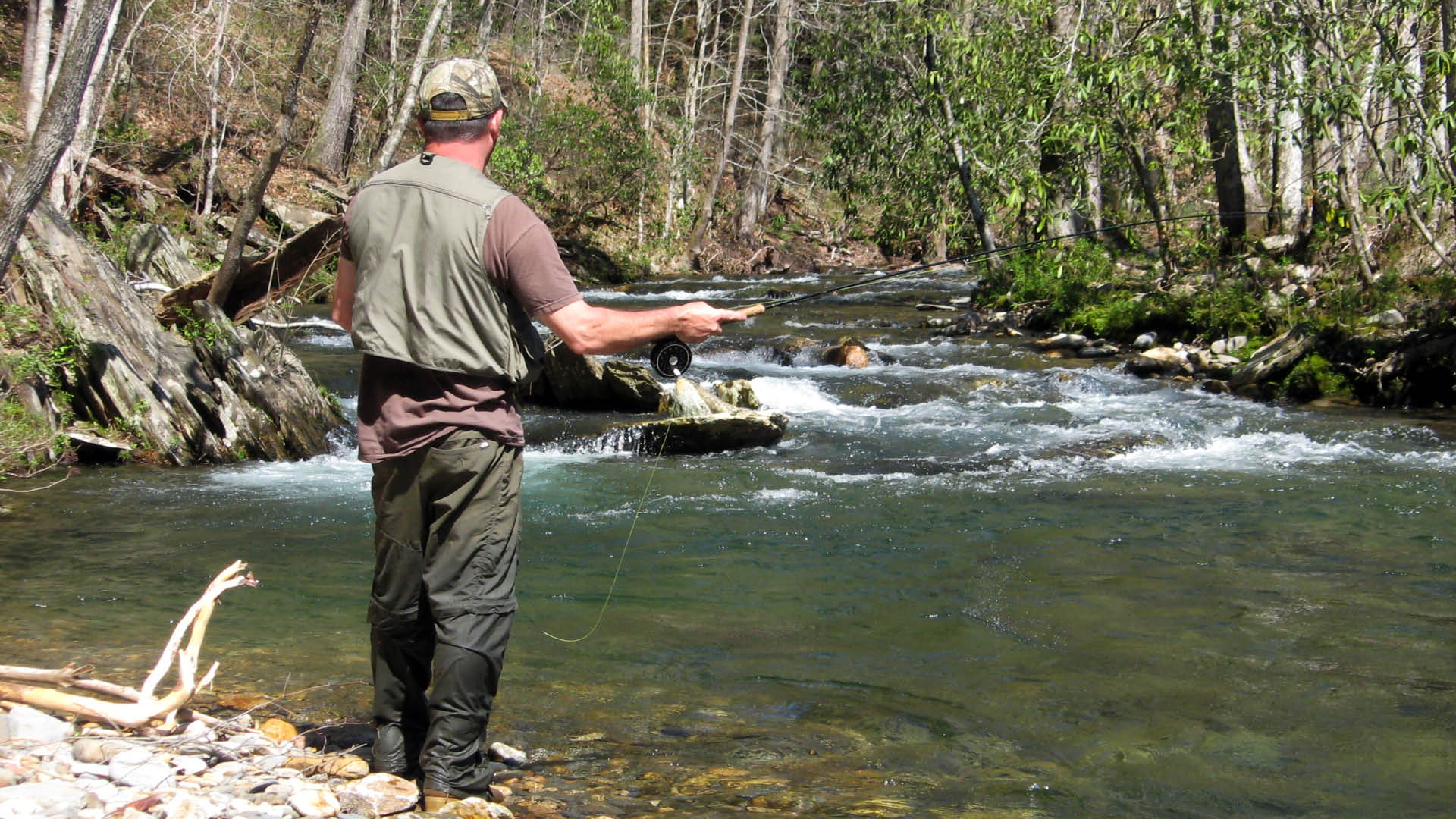
Economic Impact of Our Rivers
- $11.8 billion - Economic Activity Generated by Outdoor Recreation in NC
US Dept. of Commerce’s Bureau of Economic Analysis - $383 million - Mountain Trout Fishing’s Impact on NC’s Economy
NC Wildlife Resources Commission - $38 million - Spending Generated by Paddlers Visiting Nantahala & Pisgah National Forests
Outdoor Alliance
Threats to Water Quality
Poor Agricultural Practices
Failing Sewer, Wastewater & Septic
Poorly Planned Development & Sprawl
Our Changing Mountain Climate
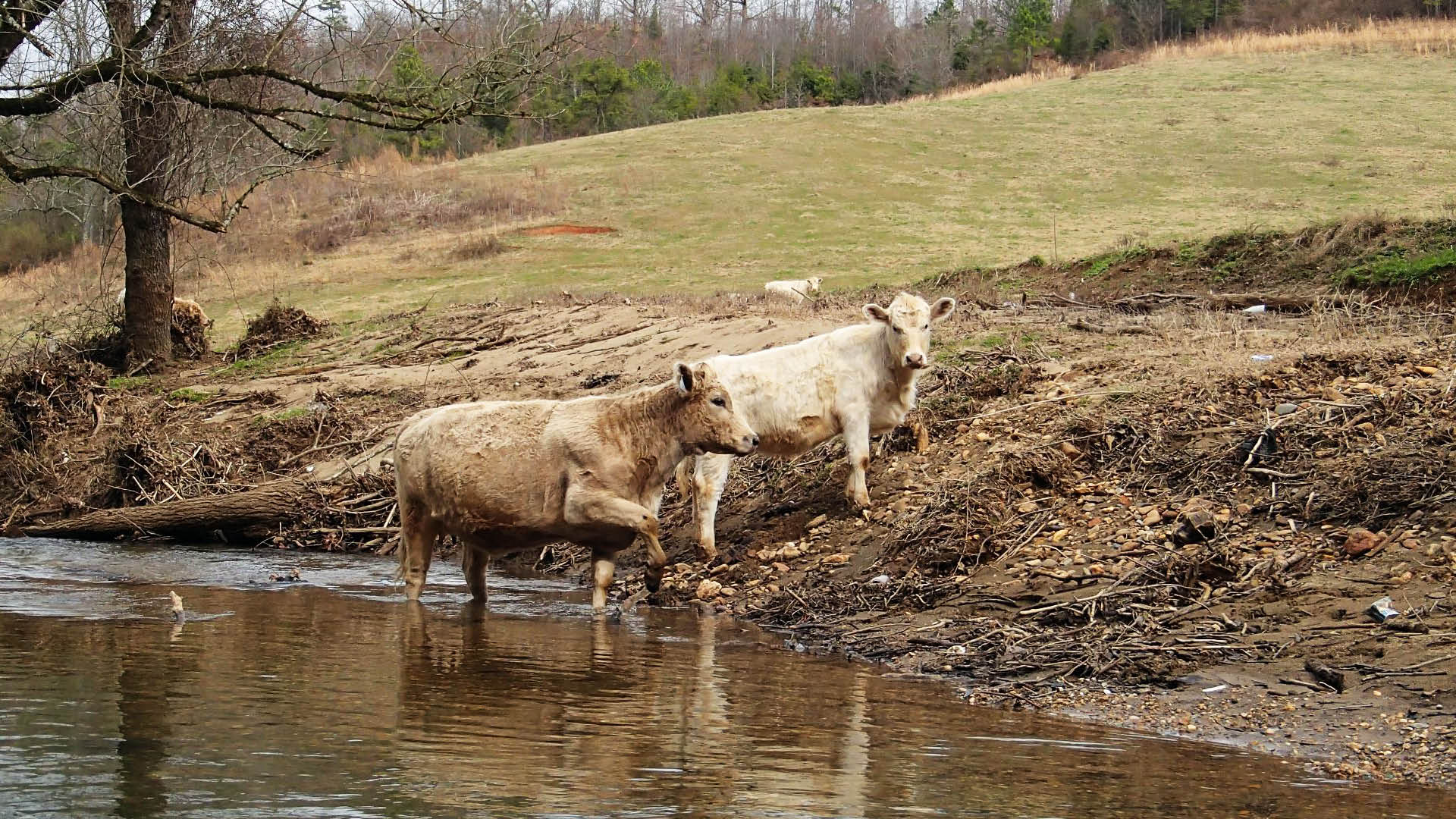
Poor agricultural management practices can lead to bacteria and nutrient pollution, and spoil the water for downstream neighbors.
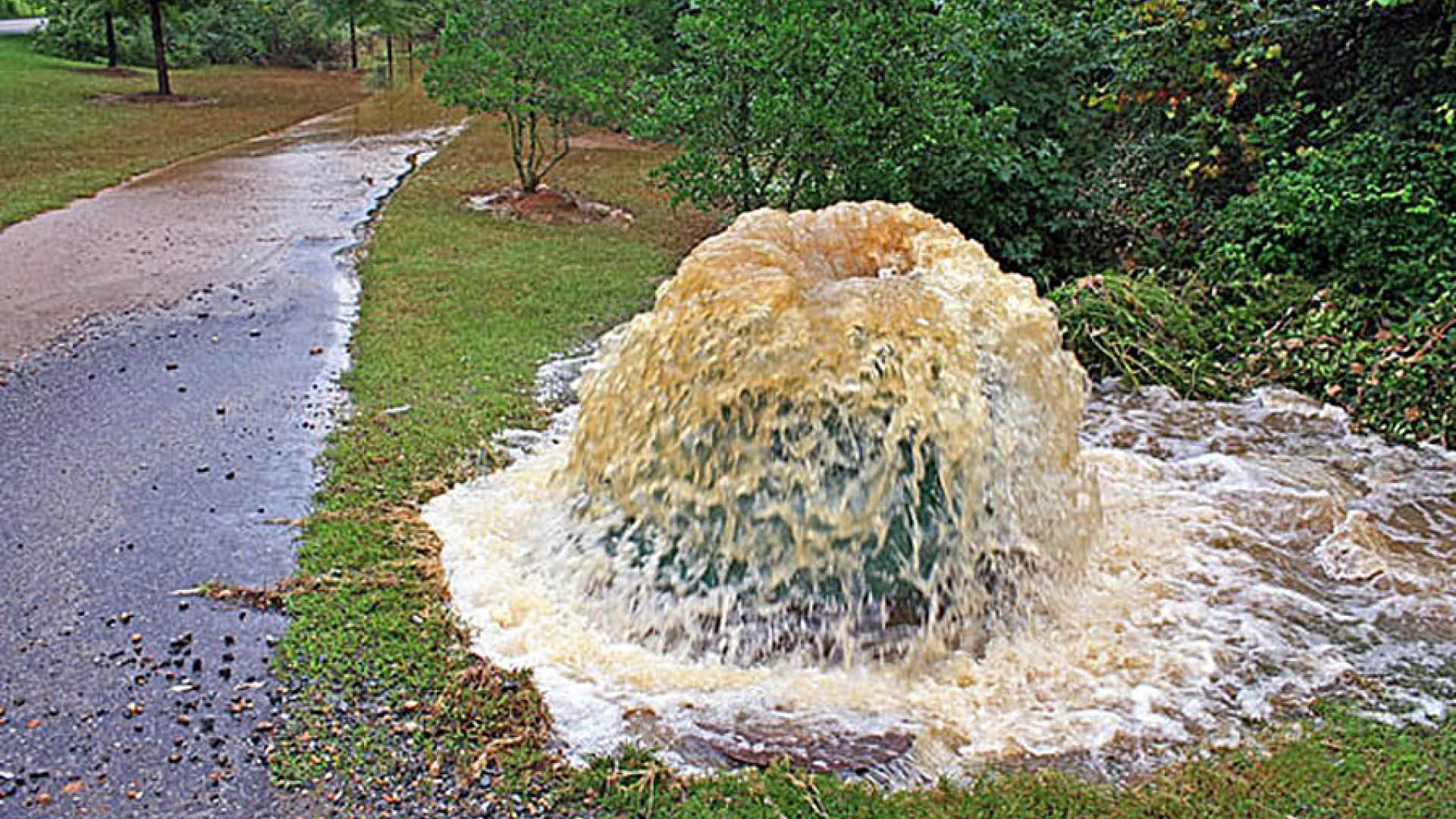
Pollution from aging and undersized wastewater, sewer, and septic systems makes its way into local surface and ground waters.

Our region's population will grow by 16% between 2020-50. How we accommodate our new neighbors will affect future water quality.
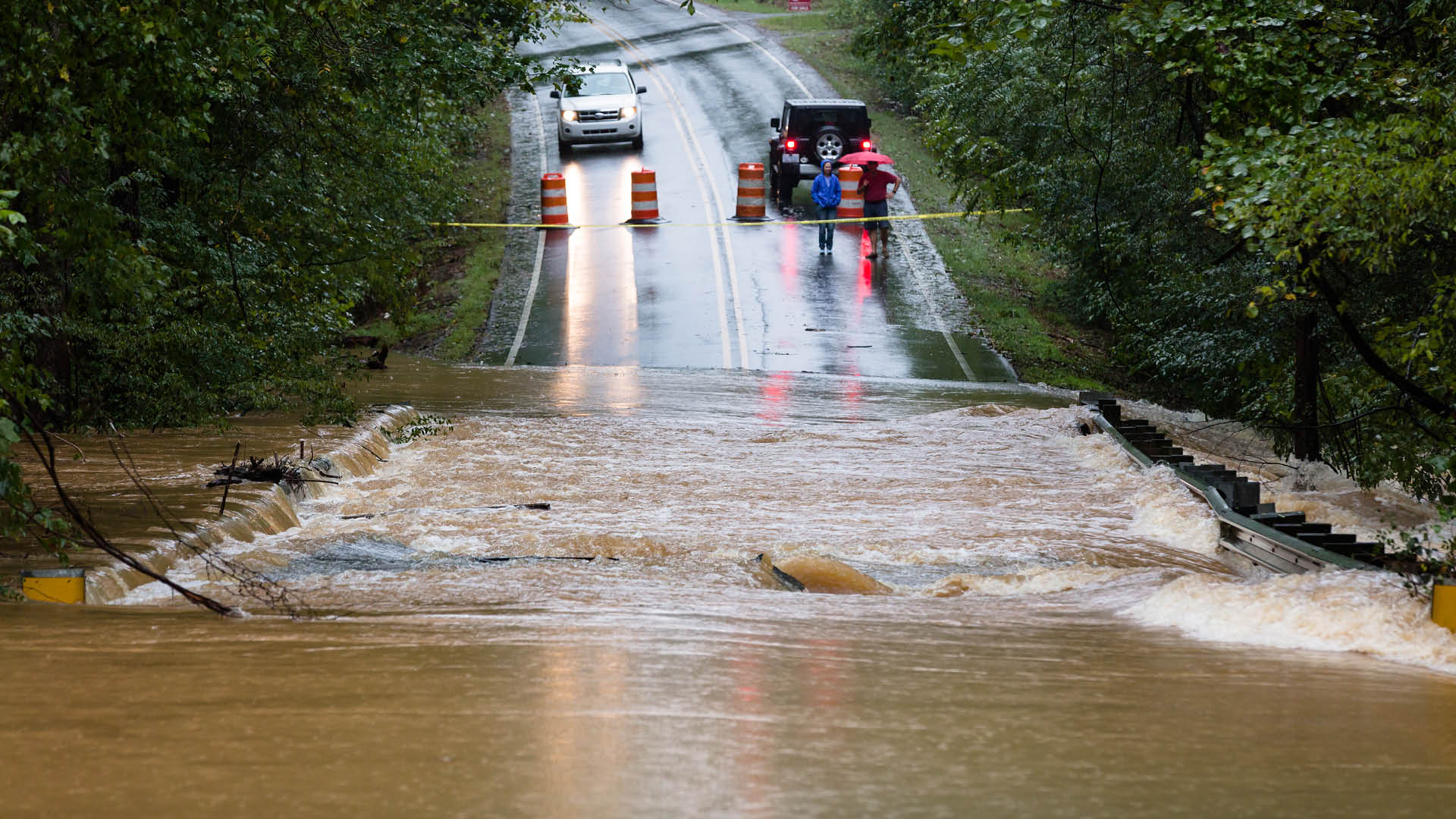
Climate change will profoundly affect our region, causing more frequent and intense rain events and exacerbating existing issues.
Threats to Water Quality
Poor Agricultural Practices

Poor agricultural management practices can lead to bacteria and nutrient pollution, and spoil the water for downstream neighbors.
Our Changing Mountain Climate

Pollution from aging and undersized wastewater, sewer, and septic systems makes its way into local surface and ground waters.
Poorly Planned Development & Sprawl

Our region's population will grow by 16% between 2020-50. How we accommodate our new neighbors will affect future water quality.
Failing Sewer, Wastewater & Septic

Climate change will profoundly affect our region, causing more frequent and intense rain events and exacerbating existing issues.
Policy Solutions

Bacteria & Nutrients
Bacteria and nutrient pollution results from poor agricultural management practices and failing sewer, wastewater, and septic systems. MountainTrue supports policies to help farmers fix up their farms, property owners maintain their septic systems, and local governments upgrade their wastewater and sewer infrastructure.

Stormwater Runoff
Stormwater runoff and flooding sweep sediment and other pollutants into local waterways, where they can threaten human and aquatic health. To reduce stormwater pollution and mitigate its effects, MountainTrue supports revised standards for sediment and erosion control for developers, and policies to help local governments upgrade their stormwater systems and incorporate more green infrastructure and property owners establish riparian buffers.
 Other Policies
Other Policies
Protecting our local waterways will require adopting a broad set of policies and laws to reduce industrial discharges and tackle emerging contaminants. MountainTrue also supports reducing over salting of roads, the adoption of local ordinances to reduce the amount of single-use plastics and styrofoam polluting our waters ways, more funding for the state agencies tasked with protecting the health of our environment and communities, and more public access to rivers, lakes, and streams.





















